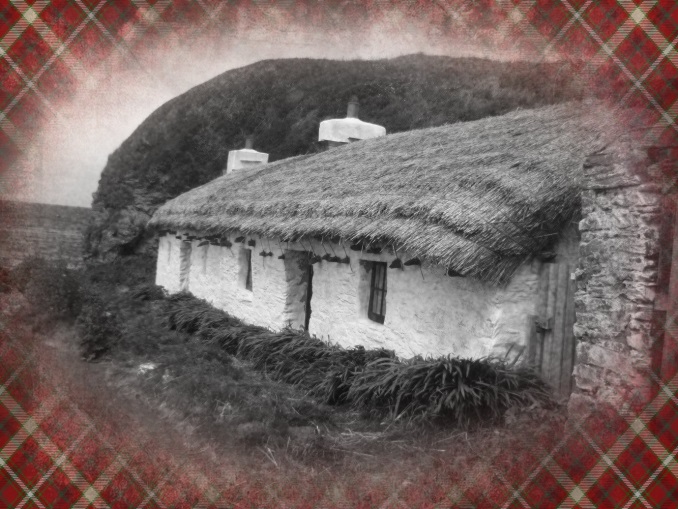
The roots of the Christmas traditions that we recognize today can be traced back to pre-Christian celebrations of the Winter solstice. The solstice is the twice yearly event when the sun appears to be at its highest or lowest point above the horizon. In the northern hemisphere the Winter solstice usually occurs annually between December 20 and December 23.
The Winter solstice was seen by the ancient Celts as one of the most significant times of the year. The Neolithic monuments of Newgrange in Éire, Maes Howe in Orkney, Scotland and Bryn Celli Ddu in Ynys Môn, Wales are examples of burial chambers scattered throughout the Celtic nations constructed to capture the full impact of sun’s rays during the solstices.
Druids, the priestly class in ancient Celtic society, celebrated the festival of Alban Arthuan (also known as Yule) at the time of the Winter solstice. It was on this day that they ceremonially gathered mistletoe from oak trees. A practice described in the writings of Roman historian Pliny the Elder (Gaius Plinius Secundus AD 23 – August 25, AD 79).